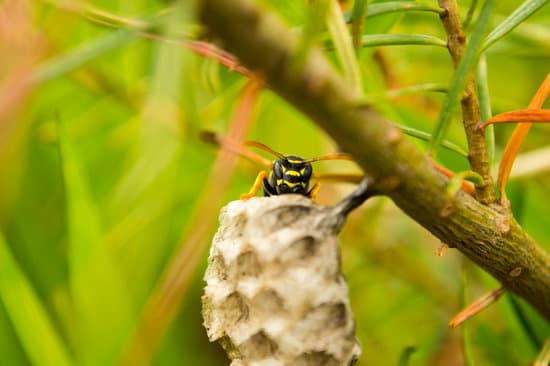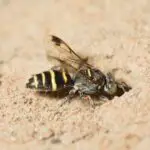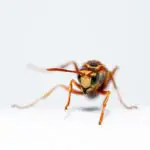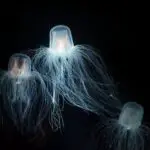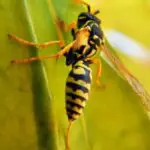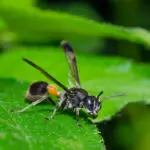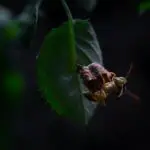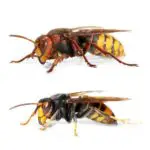How Wasps Make Paper Nests
During the summer months, paper wasps feed on nectar and other insects. As the season progresses, they begin to make nests made of paper. The paper nest is an umbrella-shaped structure with hexagonal cells, and a paper pulp envelope. The paper envelope is a protective device that is used to protect the larvae and eggs.
The paper envelope consists of a network of wood pulp and wasp saliva, which is shaped into a paper-like substance. The envelope becomes stronger when it is completely dry.
The paper envelope may not last through the winter. Most paper wasp species have colonies that die off during the winter.
If you notice a paper wasp nest, the first step is to identify it. Paper nests are usually built in protected locations such as bushes and trees. They are also built on porch ceilings, roof overhangs, and window frames. Depending on the species, these nests may or may not be visible. If the nest is visible, you may want to remove it. However, if the nest is in a sheltered location, you may want to leave it alone.
If you find a paper wasp nest, it’s best to contact a licensed pest control professional. They may be able to remove the nest for you. However, you may not need to do so if the nest is located late in the season.
If you find a paper wasp sting, you should clean the area with soap and water and apply a cold compress. This will soothe the local reaction. You may also want to take over-the-counter nonsteroidal anti-inflammatory drugs to reduce the pain.
